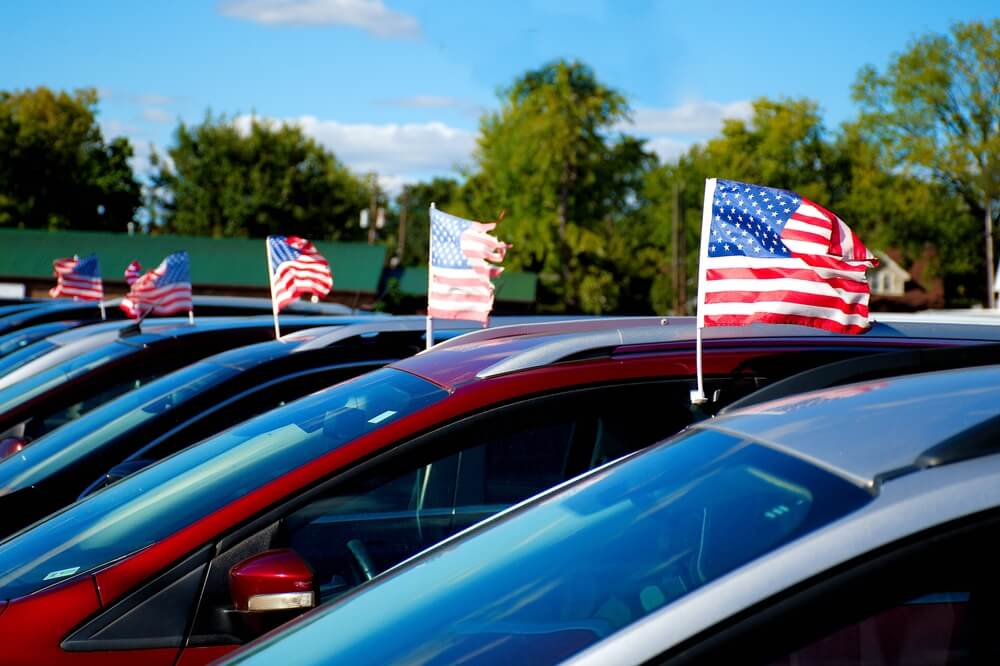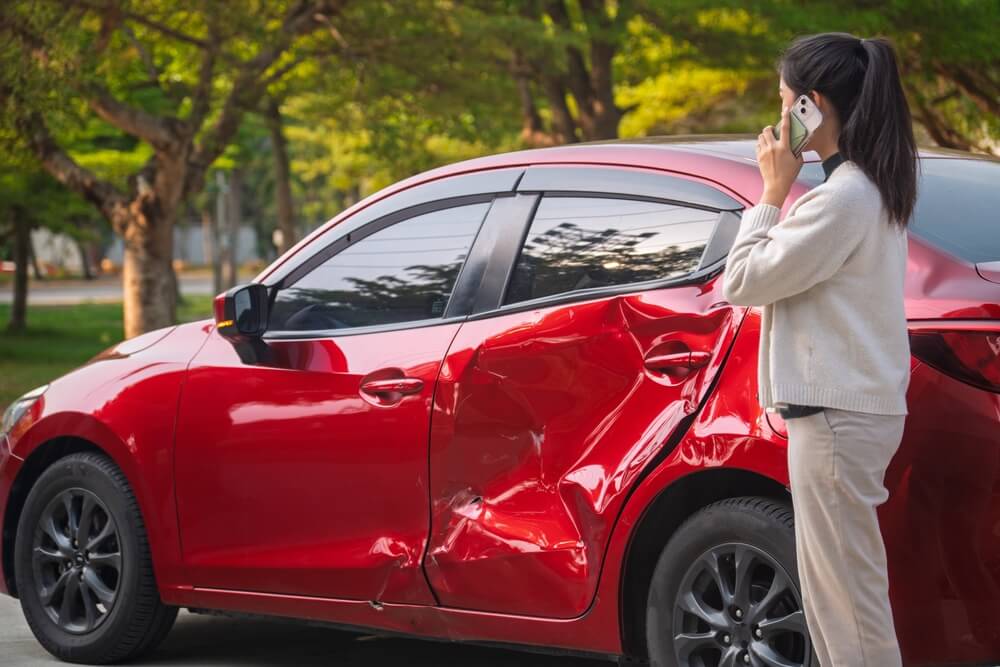
If you are not redirected within 30 seconds, please click here to continue.
Samedi: 10h – 16h HAE

If you are not redirected within 30 seconds, please click here to continue.
If you are not redirected within 30 seconds, please click here to continue.
Staying safe in the summer: safety tips for drivers, pedestrians, and cyclists

This article has been updated from a previous version.
Summertime is one of the best times of the year. But it’s not all ice cream cones and slushies. Whether you’re a driver, pedestrian, or cyclist, make your summer memorable by practising road safety first.
Safety tips for pedestrians
There’s nothing like a walk outside to enjoy the warm weather, but we still need to take precautions. Parachute, a charitable organization and leader in injury prevention, notes pedestrian injuries in Canada are one of the leading causes of injury-related deaths for children 14 years old and younger. Enjoy a stroll outside, but remember to:
- Watch where you’re walking when using a mobile phone. Texting and walking can be hazardous if you’re not aware of your surroundings.
- Turn down the music; you should always be able to hear what’s going on around you.
- Cross at intersections or crosswalks, and always look both ways before crossing a street.
- Be mindful of traffic turning at intersections or entering and leaving driveways or parking lots.
- Never assume a vehicle will stop for you, even if you have the right-of-way.
- Talk to your kids about how to be safe while walking; walk on sidewalks or paths, and cross at street corners using traffic signals and crosswalks.
- Remind children to walk, never run when crossing streets, and only play in areas away from roads, traffic, and vehicles.
- Children under age 10 should cross the street with an adult. While every child is different, it can be hard for them to judge the speed and distance of cars.
- Remind kids to make eye contact with drivers before crossing the street and to watch for cars that are turning or backing up.
Bike safety: tips for cyclists
In the beautiful weather, cyclists are as commonplace on the roads as cars, and both need to share the road. Cyclists of all ages need to:
- Obey the rules of the road. According to Ontario’s Highway Traffic Act, bicycles are vehicles, and cyclists are subject to the same rules and fines drivers are for infractions.
- Make it easy for motorists to see you by wearing clothing with reflective strips or bright-coloured attire. Cyclists need to have reflective lights on their bikes’ front, back, and sides.
- Wear a helmet that fits properly. From 2006 to 2017, 32% of cyclist fatalities in Canada involved individuals who were not wearing helmets.
- Use proper hand signals to tell others on the road of your intentions.
- Stay focused and never wear headphones or talk on the phone while riding a bike.
- Enrol your child in a bike safety course to give your young one the skills they need to ride safely.
- Consider getting first aid training to provide emergency treatment for common cycling injuries such as cuts and fractures.
Safety tips for drivers
Regardless of the time of year, it is essential to obey the rules of the road, drive the speed limit, and avoid distracted driving, such as eating or using your phone while behind the wheel. It is essential for the safe operation of a vehicle and can ensure your passengers and pedestrians remain unharmed.
But in the summer, there are more people to watch out for, which requires paying closer attention to what’s going on around you. The Traffic Injury Research Foundation says the most common errors among drivers involved in pedestrian collisions include failing to yield the right-of-way to pedestrians, distracted driving, and speeding. Here is how to avoid such a scenario:
- Take a second look to ensure intersections and driveways are free of cyclists and pedestrians.
- Play it safe. Even when a pedestrian or cyclist doesn’t have the right-of-way, yield to them.
- Drive slowly in residential areas and community safety zones. According to Parachute, a pedestrian struck by a car travelling 50 km/h is nearly six times more likely to be killed than a pedestrian struck at 30 km/h.
Water safety tips: swimming
According to the federal government, drowning is one of the leading causes of death for young children between the ages of one and four. Moreover, in its 2020 National Drowning Report, the Lifesaving Society of Canada says 465 Canadians died from drowning in 2017, with 32% of water-related fatalities linked to swimming.
The weather may be hot and the water inviting, but water safety is vital. Take these precautions whenever you or your family go for a dip:
- Children should be supervised by a person who knows how to swim and will stay within sight and reach of the child when in or around water.
- Children who are swimming should never be left alone — even for a second. Bring them with you if you have to go into the house or away from the water.
- Children who don’t know how to swim should wear a lifejacket.
- Learn to swim (it’s great exercise); until you do, restrict your activities to wading only in shallow water when a lifeguard is on duty, and you’re wearing a floatation device.
- Take a first aid and cardiopulmonary resuscitation (CPR) training course.
- Swim only during the day and never at night or during storms.
- Do not swim when under the influence of drugs or alcohol.
- Never swim alone.
Road trips! What’s a summer without them?
A road trip is always a great idea, but before you pack the car, remember to:
- Make sure your vehicle is revved up and roadworthy. Have a mechanic look over your car and top up all fluids before leaving.
- Plan to drive 300 to 400 kilometres a day. By limiting how much you drive, you’ll be able to stop at roadside attractions, enjoy meals and take breaks. Aim to stop driving by dinner, so you can eat and relax for the rest of the evening.
- Consider adding optional auto insurance coverages, such as collision and comprehensive, to your policy to ensure you have the right coverage for any scenario.
- Purchase travel insurance if you’re venturing outside of your home province.
- Get a good night’s sleep and share the driving responsibility.
- Make sure everyone in the vehicle wears a seatbelt all the time.
Follow these simple safety tips to ensure your family and friends get the most out of the summer months and stay safe.
Don't waste time calling around for auto insurance
Use Rates.ca to shop around, and compare multiple quotes at the same time.
Get money-saving tips in your inbox.
Stay on top of personal finance tips from our money experts!










